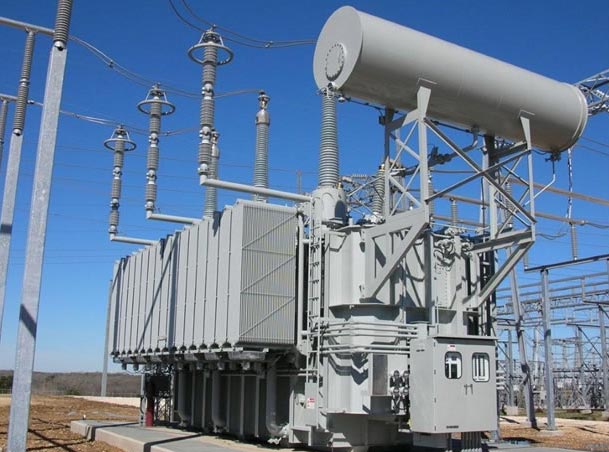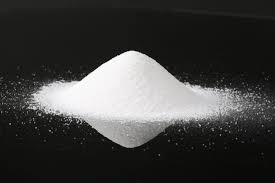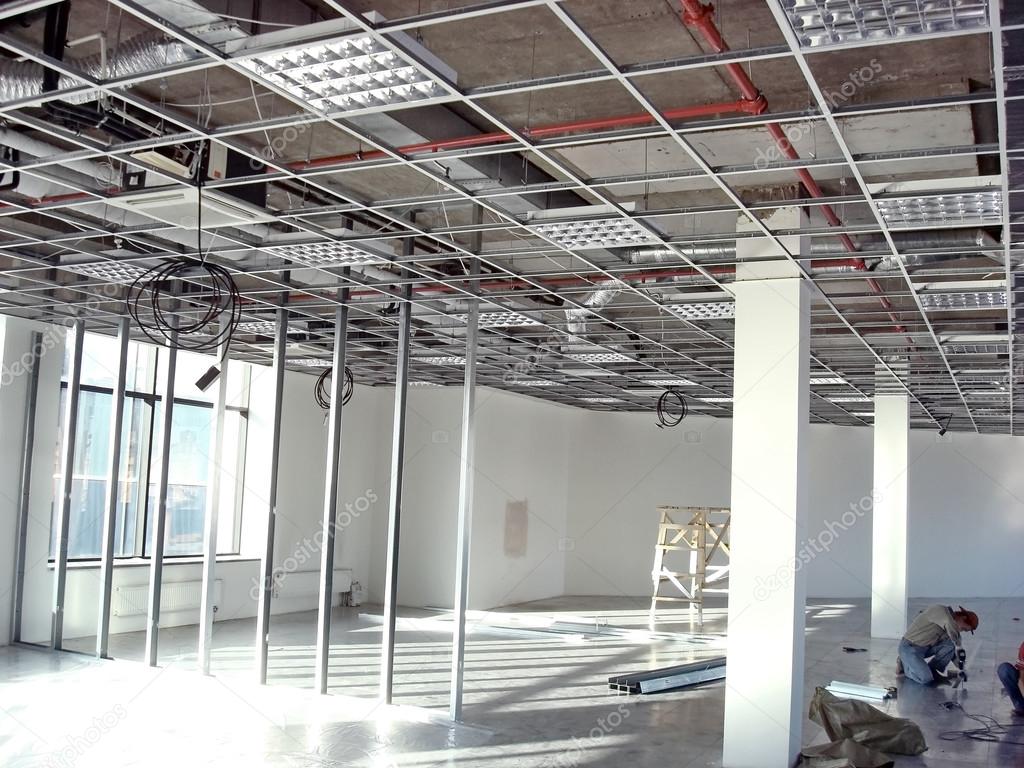The Global High Voltage Power Transformer market is projected to grow from USD 20,548.93 million in 2023 to USD 37,778.37 million by 2032, reflecting a compound annual growth rate (CAGR) of 7.00%. High voltage power transformers are crucial components in the global power infrastructure, facilitating the transmission and distribution of electricity over long distances with minimal losses. As the demand for electricity continues to rise globally, the high voltage power transformer market is experiencing significant growth. This article delves into the current trends, growth drivers, and future prospects of this essential market.
Browse the full report at https://www.credenceresearch.com/report/high-voltage-power-transformer-market
Market Overview
High voltage power transformers are typically used in power transmission networks to step up or step down voltage levels, making it possible to transmit electricity efficiently over long distances. These transformers are vital in ensuring that electricity generated at power plants can be delivered to consumers at usable voltage levels. The global high voltage power transformer market is segmented based on the type of transformer, application, voltage rating, and region.
Key Market Trends
1. Increasing Demand for Electricity:
The global demand for electricity is on the rise due to population growth, urbanization, and industrialization. This has led to the expansion of power generation capacities and the need for efficient transmission and distribution networks, thereby driving the demand for high voltage power transformers.
2. Renewable Energy Integration:
The shift towards renewable energy sources such as wind and solar power has necessitated the upgrade and expansion of existing power grids. High voltage power transformers play a crucial role in integrating renewable energy into the grid by managing the variability and ensuring stable transmission.
3. Smart Grid Development:
The development of smart grids, which use digital technology to monitor and manage the transmission of electricity, is another significant trend. High voltage power transformers equipped with advanced monitoring and communication technologies are essential components of smart grids, enhancing their efficiency and reliability.
4. Technological Advancements:
Advances in transformer technology, such as the development of solid-state transformers and the use of eco-friendly insulating materials, are improving the performance and environmental sustainability of high voltage power transformers. These innovations are expected to drive market growth in the coming years.
Growth Drivers
1. Infrastructure Development:
Rapid urbanization and industrialization in emerging economies are leading to substantial investments in power infrastructure. Governments and private sector players are investing heavily in the construction of new power plants and the expansion of transmission and distribution networks, boosting the demand for high voltage power transformers.
2. Aging Power Grid:
In many developed countries, existing power grids are aging and require upgrades to enhance efficiency and reliability. The replacement of old transformers with modern high voltage power transformers is a significant growth driver in these regions.
3. Government Initiatives and Policies:
Supportive government policies and initiatives aimed at expanding and modernizing power infrastructure are propelling market growth. Incentives for renewable energy integration and investments in smart grid technologies are particularly impactful.
4. Rising Energy Consumption:
The increasing consumption of energy in residential, commercial, and industrial sectors is driving the need for robust transmission and distribution networks. High voltage power transformers are essential in meeting this rising energy demand efficiently.
Regional Analysis
– Asia-Pacific:
The Asia-Pacific region is the largest and fastest-growing market for high voltage power transformers. Rapid industrialization, urbanization, and government initiatives to expand power infrastructure in countries like China and India are the key drivers.
– North America:
In North America, the focus is on upgrading aging power grids and integrating renewable energy sources. The United States is the leading market in this region, driven by significant investments in power infrastructure modernization.
– Europe:
Europe is also witnessing substantial growth due to the integration of renewable energy and the development of smart grids. Countries like Germany and the UK are at the forefront of these initiatives.
Future Prospects
The future of the high voltage power transformer market looks promising, with continued investments in power infrastructure and technological advancements driving growth. The integration of renewable energy sources and the development of smart grids will remain key growth areas. Additionally, the focus on sustainability and environmental impact will lead to the adoption of eco-friendly transformer technologies.
Key players
- Hitachi Energy Ltd. (Switzerland)
- Schneider Electric (France)
- Toshiba Energy Systems & Solutions Corporation (Japan)
- General Electric Company (US)
- Mitsubishi Electric Corporation (Japan)
- CG Power & Industrial Solutions Ltd. (India)
- HYOSUNG HEAVY INDUSTRIES (South Korea)
- Transformers and Rectifiers (India) Ltd. (India)
- Ningbo IRONCUBE Works International co., LTD. (China)
- Fuji Electric Co., Ltd. (Japan)
- WEG (Brazil)
- HD HYUNDAI ELECTRIC CO., LTD. (South Korea)
- Bharat Heavy Electricals Limited (India)
- A B C TRANSFORMERS (P) LTD (India)
- Jiangshan Scotech Electrical Co., Ltd (China)
- Efacec (Portugal)
- Hammond Power Solutions (Canada)
- LS ELECTRIC Co., Ltd (South Korea
- SGB SMIT (Germany)
- JSHP Transformer (China)
- CHINT Group (China)
- Niagara Transformer Corp. (US)
- Wilson Power Solutions (UK)
- Vijay Power (India)
- ARTECHE (Spain)
- CHINA XD GROUP (China)
- URJA Techniques (India)
- BEST Transformer (Turkey)
- Telawne Power Equipments Private Limited (India)
Segments
Based on Power Rating
- Small Power Transformers (SPT) (≤ 60 MVA)
- Large Power Transformers (LPT) (> 60 MVA)
Based on Cooling Type
- Oil Immersed Transformers
- Dry Type Transformers
Based on End User
- Utilities
- Commercial Sector
- Industrial Sector
Based on Region
- North America
- The U.S.
- Canada
- Mexico
- Europe
- Germany
- France
- The U.K.
- Italy
- Spain
- Rest of Europe
- Asia Pacific
- China
- Japan
- India
- South Korea
- South-east Asia
- Rest of Asia Pacific
- Latin America
- Brazil
- Argentina
- Rest of Latin America
- Middle East & Africa
- GCC Countries
- South Africa
- Rest of Middle East and Africa
About Us:
Credence Research is committed to employee well-being and productivity. Following the COVID-19 pandemic, we have implemented a permanent work-from-home policy for all employees.
Contact:
Credence Research
Please contact us at +91 6232 49 3207
Email: sales@credenceresearch.com









